-
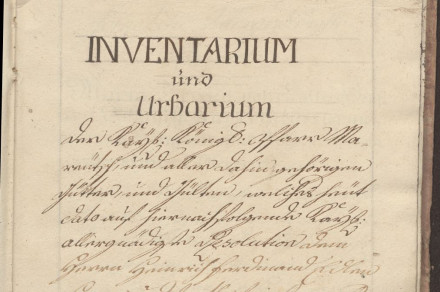
The Inventory and Rent-Roll of the Territorial Princely Parish of Moravče
Inventories and rent-rolls of parishes and other ecclesiastical benefices under the patronage of a territorial prince constitute a special type of early modern archival records. Characteristically, they have a specific, more or less uniform structure, the reason for their creation – looking at it from a broader perspective – being to a large extent the determination of (Inner)Austrian territorial princes to hold control over the church property. This month's archivalia – Inventory and Rent-Roll of the Territorial Princely Parish of Moravče – takes us back to a time 260 years ago.
-
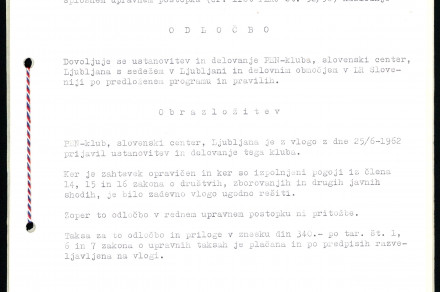
»For Right-Wingers, PEN is Too Left-Wing, and for Left-Wingers it is Too Right-Wing«
This year marks the 60th anniversary of the re-launch of the Slovenian PEN Centre, which, according to one of its founders (Matej Bor) was too left-wing for right-wingers and too right-wing for left-wingers. This month's archivalia describes the efforts put in by Slovenian writers to re-launch the Slovenian PEN Centre and offers an insight into the background of the operations of internal affairs authorities in regard to its registration, which should have been just a formality.
-
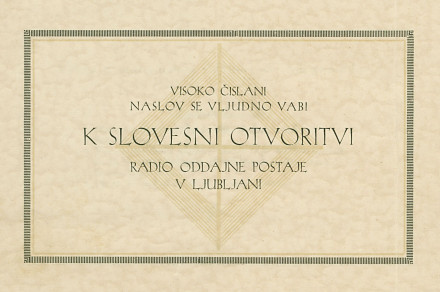
Slovenia's First Radio Station Broadcasting from the Offices of the Educational Association in Ljubljana
Engineer Marij Osana, the leading expert on telegraph and telephone in the Kingdom of SHS and the Kingdom of Yugoslavia, who in 1924 constructed the first radio transmitter, is nowadays considered as the pioneer of Slovenian radio. He was also a member of the Educational Association in Ljubljana, where he was the head of its radio section. Osana's experiments with radio broadcasting soon led to the launching of the first radio station in Slovenia, Radio Ljubljana. The official ceremony accompanying the launching of Radio Ljubljana was held at the Grand Hotel Union Hall on October 28, 1928. The solemn event is thoroughly documented in the chronicle of the Educational Association.
-
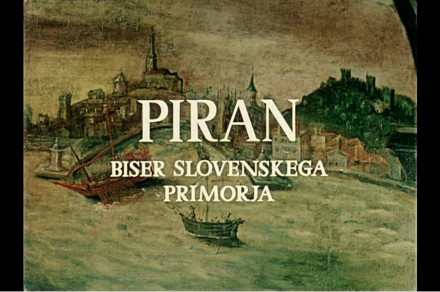
Piran – Tartini – Čap
The year 2022 was declared the year of Tartini, but it is also an opportunity for us to remember and celebrate František Čap, a film direction of Czech origin, who managed to put some celebrity glamour into Slovenian film. The film "Piran, the Pearl of Slovenian Coast" inadvertedly joined the anniversaries of these two individuals. In their own way and through their own art, they both celebrated this coastal town, which, on account of its picturesqueness, has always been loved by film cameras.
-
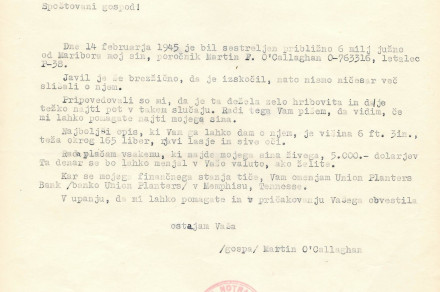
Search For the American P-38 Fighter Pilot Martin F. O'Callaghan
During WW2, there were a number of air formations operating in the Slovenian airspace, especially those of the 15th US Air Force. Increase in Allied aircraft activity led to an increase in a number of planes that crashed or were shot down. When discussing the issue of wounded pilots and their rescue, less attention was given to the issue of the actual burials and subsequent reburials of the pilots who had died. Preserved among the records of the archival fond of the Federal Committee for the Organization of the Transfer of the Fallen Soldiers for Slovenia are tens of letters of inquiry, reports on graves of the deceased pilots, and letters on possible reburials. This month’s archivalia offers a look at the mysterious case of the search for the pilot Martin F. O'Callaghan.
-
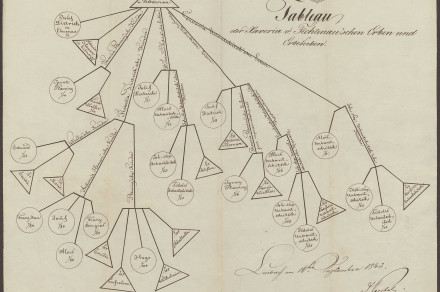
Legal Files Created by Solicitor Dr. Lovro Toman
Lovro Toman (1827-1870) is nowadays known as a poet and a politician, but his primary source of income was working as a solicitor. During his practice, Toman dealt with various legal matters, most of them similar to what solicitors deal with today. Most of the files of his law firm are now kept by the Archives of the Republic of Slovenia. He also dealt with legal matters of his extended family, namely his wife Josipina, born Urbančič, and her relatives, both during her life and after her untimely death. One of the more extensive files among his records refers to the division of inheritance among near and distant relatives and other rightful claimants of the late Ksaverija Jelovšek von Fichtenau, born Dietrich, who died intestate on April 20, 1811.
-
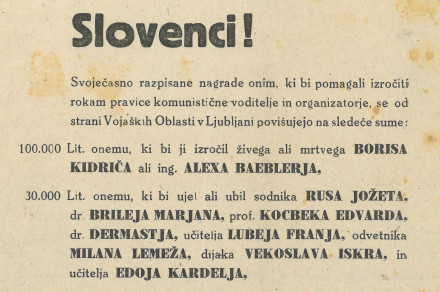
80 Years Since the Start of the Great Italian Offensive in the Lower and Inner Carniola
Mid-June this year marked the 80th anniversary of the start of the great Italian offensive in the Lower and Inner Carniola. The offensive went on for three months and eighteen days. Its aim - to destroy partisan movement - was not achieved, but it did affect civilians even more than it affected the partisan units. Italian army interned masses of people, shot anyone who seemed suspicious, burnt down entire villages, and offered money rewards to capture various partisan leaders. The High Command of Slovenian Partisan Forces, on the other hand, sent their units concise instructions on how to "thwart the enemy's plans" and how to "carry out counter-offensive".
-
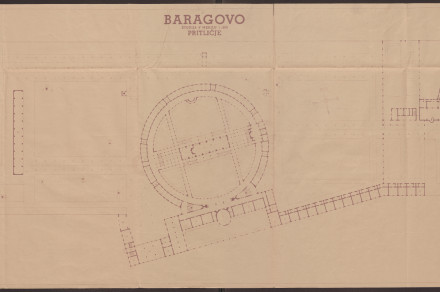
Plans for the Baraga Seminary
In the 1930s, the Ljubljana Diocese chose the abandoned cemetery of St. Christopher, located in the Bežigrad district in Ljubljana, as a site where a new seminary was to be built, named after the Slovenian missionary Friderik Baraga. Architect Jože Plečnik was commissioned to draw the plans for the seminary, but he made only concept plans. Since these were not sufficient to start with the building, Anton Suhadolc was called in to make more more detailed plans. Despite Plečnik's disagreement with the new plans, we can still undeniably see his influence on the finished building.
-
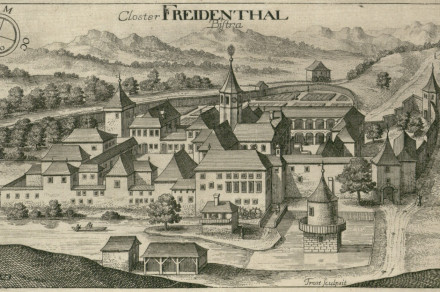
Providing Protection for the Bistra Carthusian Monastery and the Granting of the Right to Patrimonial Justice
The Carthusian monastery in Bistra was founded by the Duke of Carinthia and Lord of Carniola Bernhard of Spanheim in 1255, and completed by his son Ulrich III a couple of years later. The monastery reached the peak of its power in the 14th century, but after the fires in 1364 and 1382, its economic standing and monastic life were in slow decline. A proof of the unenviable financial standing of the Bistra monastery is a charter, written on 1400 September 6 in Kranj. In the charter, presented here as this month’s archivalia, Hermann II of Cilli, the then Carniolan Provincial Governor, provided his protection to the Bistra Charterhouse, to its prior, convent, and to their subjects. He also granted the monastery the right to patrimonial justice over its monastic subjects.
-
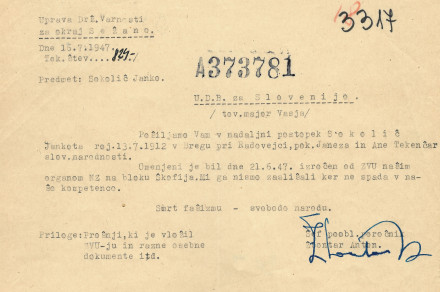
The Enigma of Janko Soklič
This month's archivalia presents some documents created in 1947 during the handing over of Janko Soklič by the British military intelligence Field Security Service to the Yugoslav authorities. Soklič's activities both during and after WW2 were often contraversial and shrouded in mystery, since many believe him to have been a triple agent. After being handed over to the Yugoslav authorities, he was charged with collaboration with the Gestapo during the war, liquidations and organizations of Quisling activities. On April 16, 1948, he was sentenced to death, and was believed to have been executed on June 10 of the same year. However, some reports indicate that Soklič continued to work for the state security administration for some years after that time and that he was actually executed in November 1950. For a long time, many people from the Upper Carniola believed that Soklič was still working as a Yugoslav intelligence officer somewhere abroad even after that time.
-
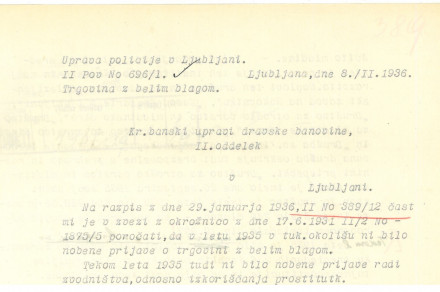
»Where Do All Our Nation’s Daughters Go?«
Human trafficking has due to its profitability always been part of a social sphere. Its criminal nature, however, has throughout time continually generated efforts to prevent it. Among the archival records of the Royal Ban's Administration of the Drava Banovina we can find numerous reports on human trafficking and prostitution in the interwar years, but they all tend to be rather dull. Occasional newspaper articles were much more dramatic. In 1932, Slovenian Christian Women's Union founded the Railway Station Mission in Ljubljana. Its goal was to provide various information for the travellers at the Ljubljana railway station. Reports show the versatility of the work done by these "railway station missionaries", but their primary focus was always to protect women from "going astray".
-
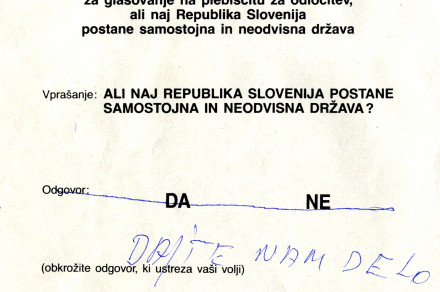
»Give Us Work«. Invalid Ballot Papers Casted at the Plebiscite for the Slovenian Independence
Invalid ballot papers are a sign. A sign of the state of society, of weariness, distrust, fear. The plebiscite for the independence and sovereignty of the Republic of Slovenia in December 1990 is a case in point. Despite a truly high voter turnout and an indisputable success of the plebiscite, 12,412 or 0.9 % of the ballot papers casted were still invalid. Ballot papers (both valid and invalid ones) and the rest of the plebiscite related archival records are being kept and preserved in its entirety in the Plebiscite 1990 Collection at the Archives of the Republic of Slovenia. They reflect the spirit of yearning and expectations of that partcular time, but also fear of uncertain future that awaited us.










